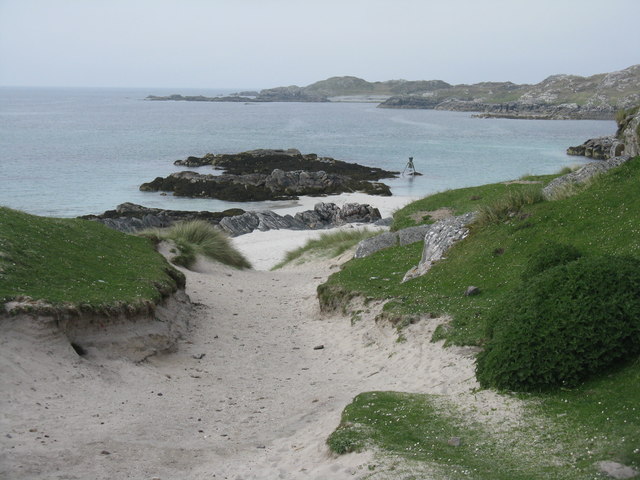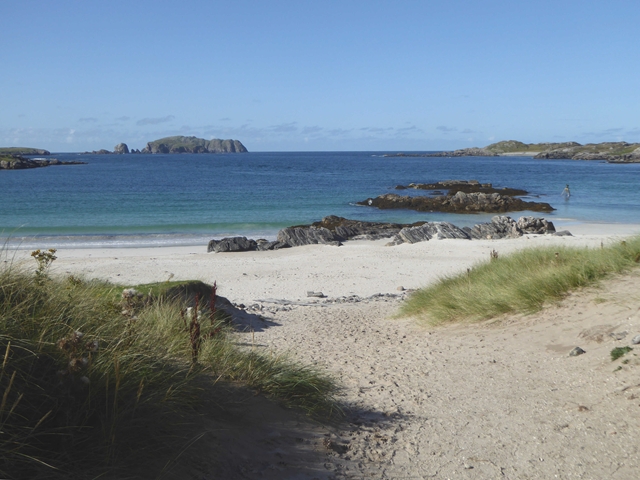Thalta Sgeir
Island in Ross-shire
Scotland
Thalta Sgeir
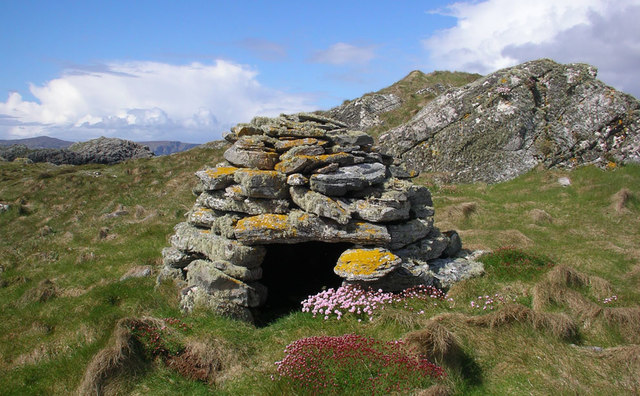
Thalta Sgeir is a small uninhabited island located in the Cromarty Firth, near the village of Invergordon in Ross-shire, Scotland. The island is part of the Scottish Highlands and is situated roughly 1.5 kilometers offshore.
Thalta Sgeir covers an area of approximately 0.6 hectares and is composed mainly of rugged rocks and low-lying grassy areas. The island is relatively flat, with a maximum elevation of around 20 meters. It is surrounded by clear blue waters and offers panoramic views of the surrounding coastline.
The island is a popular destination for birdwatchers and wildlife enthusiasts, as it serves as an important habitat for a variety of bird species. Among the birds that can be observed on Thalta Sgeir are guillemots, razorbills, puffins, and gulls. The island is also known to host a small population of seals, which can often be seen basking on the rocks or swimming in the nearby waters.
Due to its small size and lack of amenities, Thalta Sgeir is not suitable for human habitation. However, it is occasionally visited by boat tours and visitors who are interested in exploring its natural beauty and observing the diverse wildlife. The island provides a peaceful and picturesque setting, making it an ideal spot for nature lovers looking to escape the hustle and bustle of everyday life.
In summary, Thalta Sgeir is a small uninhabited island off the coast of Ross-shire, Scotland. It offers breathtaking views, diverse birdlife, and a tranquil environment for those seeking a connection with nature.
If you have any feedback on the listing, please let us know in the comments section below.
Thalta Sgeir Images
Images are sourced within 2km of 58.274952/-6.8743698 or Grid Reference NB1442. Thanks to Geograph Open Source API. All images are credited.

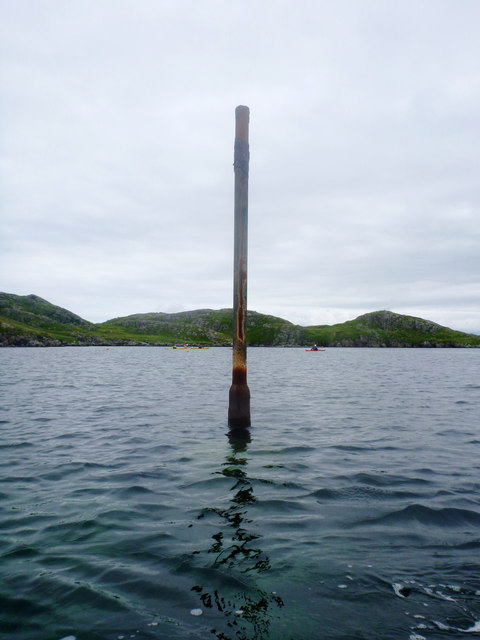



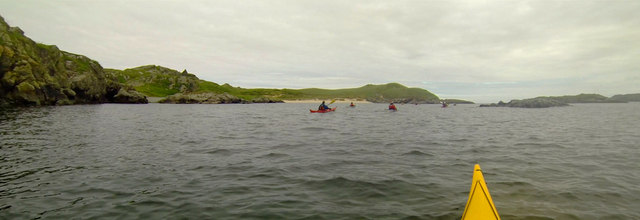



Thalta Sgeir is located at Grid Ref: NB1442 (Lat: 58.274952, Lng: -6.8743698)
Unitary Authority: Na h-Eileanan an Iar
Police Authority: Highlands and Islands
What 3 Words
///footballers.flattery.reach. Near Carloway, Na h-Eileanan Siar
Related Wikis
Cealasaigh
Cealasaigh or Kealasay is an islet in outer Loch Ròg, Lewis, Scotland that lies north of Traigh Mhór on Little Bernera and south of Campaigh. To the west...
Campaigh
Campaigh or Campay is a steep and rocky islet in outer Loch Ròg, Lewis, Scotland that lies north of Cealasaigh and Little Bernera. A huge natural arch...
Little Bernera
Little Bernera (Scottish Gaelic: Beàrnaraigh Beag) is a small island situated off the west coast of the Isle of Lewis in the Outer Hebrides.Little Bernera...
Flodaigh (Outer Loch Ròg)
Flodaigh is an islet in outer Loch Ròg, Lewis, Scotland. It lies north west of Great Bernera and Little Bernera, south of Bearasaigh and Seanna Chnoc and...
Have you been to Thalta Sgeir?
Leave your review of Thalta Sgeir below (or comments, questions and feedback).
